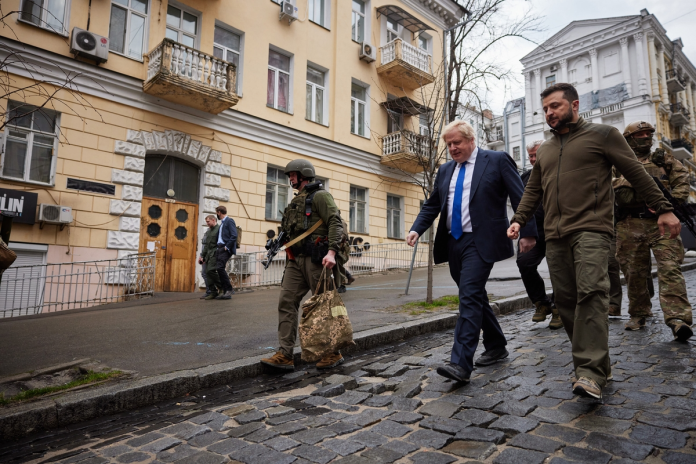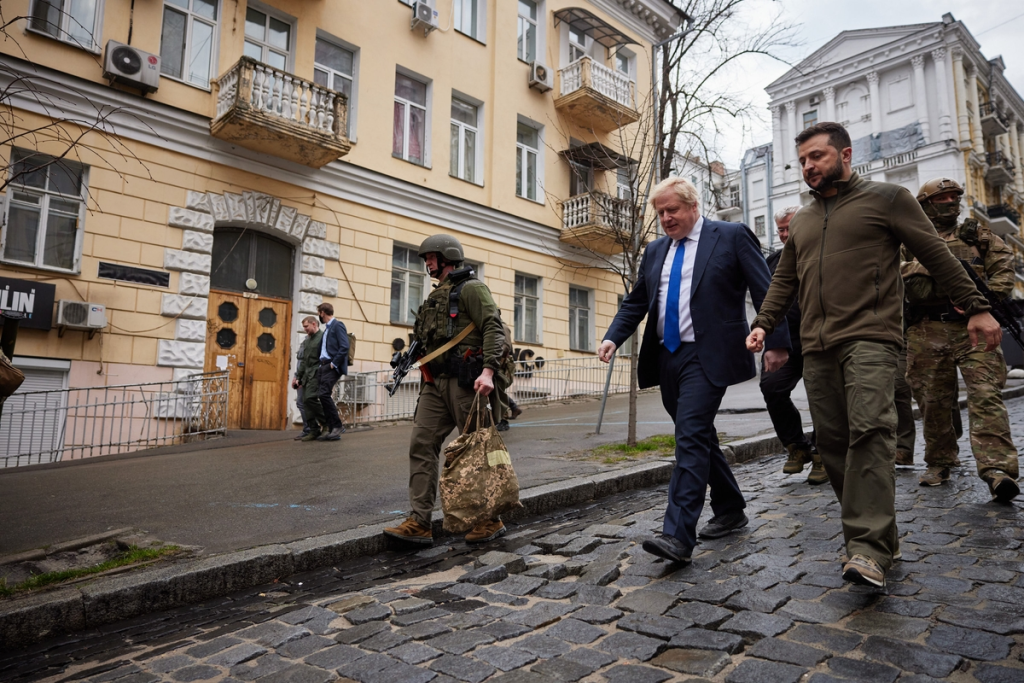
“Putin will only stop this war when he thinks he can’t win,” warned Polish Foreign Minister Radosław Sikorski in September, framing the economic front as the decisive battlefield. As the war in Ukraine grinds toward its fourth year, the Kremlin’s oil lifeline, long the foundation of both its military machine and political stability, is under unprecedented strain.
Taken together, Western sanctions, Ukrainian drone strikes, and the quiet erosion of Russia’s fiscal resilience all have echoes of the allied oil blockade that brought Nazi Germany to its knees. Unlike the sudden collapse of a front line, this is a war of attrition against infrastructure, logistics, and revenue streams. There is no longer a question of whether oil is a vulnerability for Moscow, but rather how quickly that vulnerability can be exploited before Russia adapts.
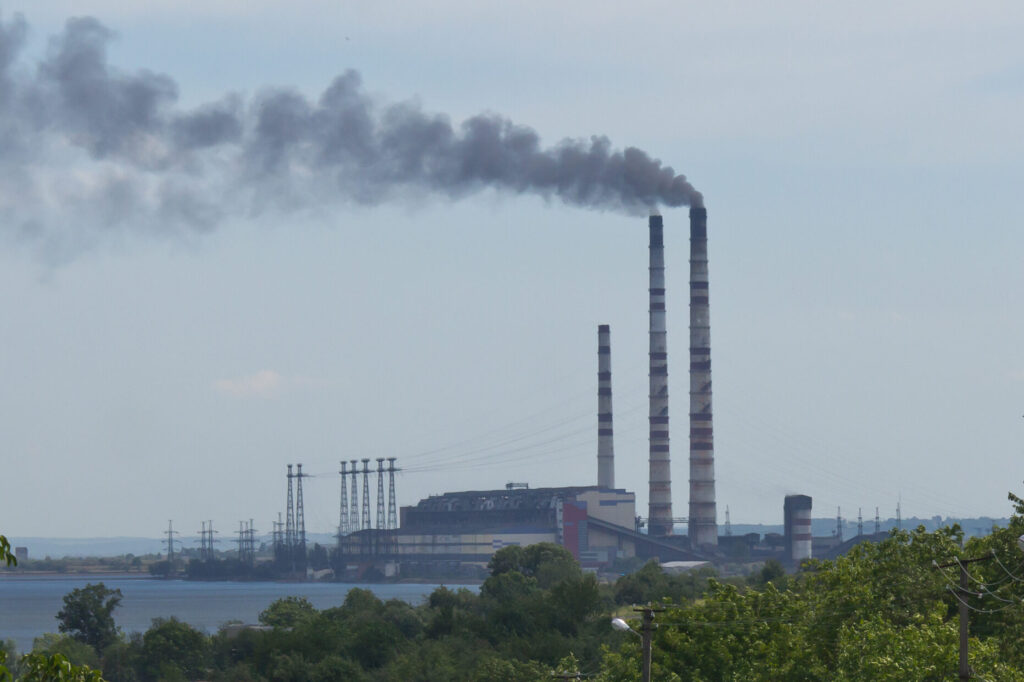
Here is a rundown of major developments in the campaign to starve Russia’s war economy of fuel and funds, from battlefield strikes on refineries to shadowy tanker fleets that keep crude flowing. Each one of these points shows another pressure point in the Kremlin’s ability to sustain its invasion.

1. Ukrainian Drone Strikes Hit 38% of Refining Capacity
Since August of 2025, Ukraine has been able to strike Russian refineries using long-range drones, confirming hits on 21 out of 38 major plants. High-value atmospheric vacuum distillation units-commonly at the heart of refining operations-have been hit in important facilities such as Gazprom Neftekhim Salavat and the Syzran refinery. According to BBC Verify, some of the plants are more than 1,100 km from Ukraine, indicating Kyiv’s reach has grown.
The results are very real: between 25 and 38% of Russia’s refining capacity was destroyed or heavily damaged, with at least 10 refineries forced to partially or fully cease operation. There have been reports about fuel shortages in 33 out of 83 federal subjects, with rationing in occupied Crimea and long queues at the petrol stations in Siberia. As President Volodymyr Zelensky stated in September, “The most effective sanctions-the ones that work the fastest-are the fires at Russia’s oil refineries.”
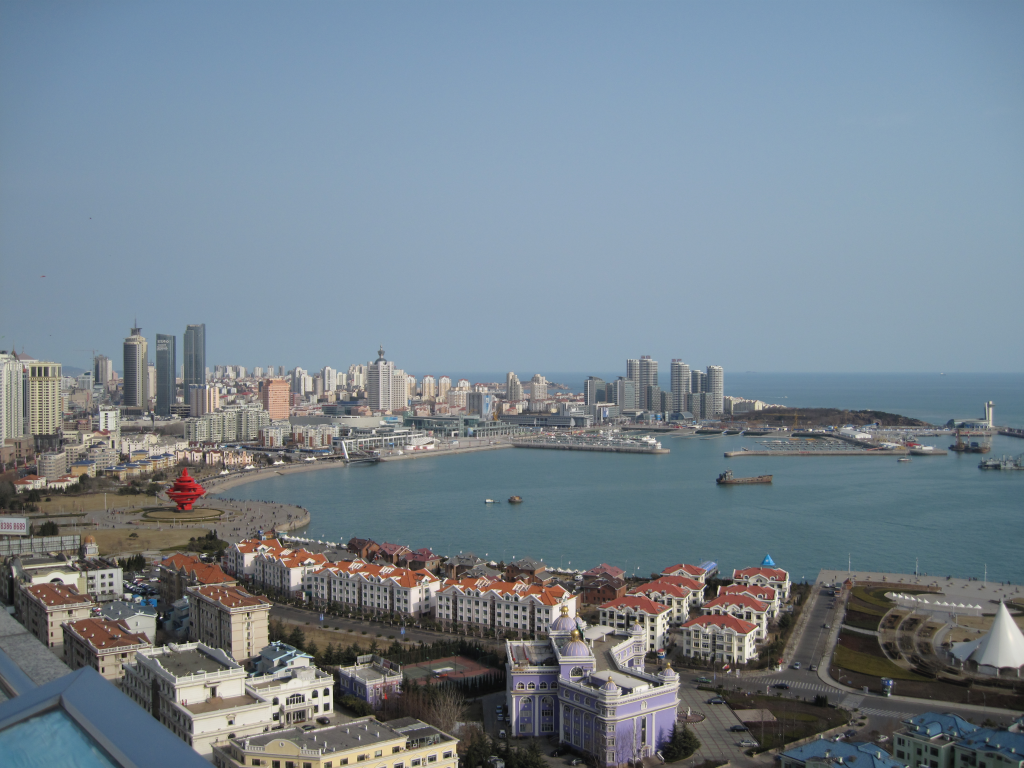
2. Sanctions Against ‘Shadow Fleet’ & Key Buyers
Although the blacklisting of Russian oil companies was included in the latest UK package of 90 sanctions, the list went further to add to the so-called ‘shadow fleet’ and even foreign terminals in India and China. The ‘shadow fleet’ is often more than 20 years old, operates under false flags, and carried 69% of Russian crude exports in September 2025.
Efforts to choke off the network are growing. China’s Qingdao Port has introduced technical restrictions that effectively ban shadow fleet vessels, and EU measures now ban imports of oil products refined from Russian crude in third countries. Analysts say closing those loopholes could sharply cut Moscow’s revenues, especially if combined with a lower price cap on crude.

3. Fiscal Indicators Flash Red in Moscow
Federal revenues in Russia were 16.9% lower in the first half of 2025 than they were a year earlier, while the Finance Ministry cut its 2026 budget oil price assumption to $59/bbl. Meanwhile, the share of oil and gas in budget income remains close to 40%, and the Kremlin’s plan to reduce that share through higher domestic taxes risks stoking public discontent.
Ukraine’s Ministry of Defense projects that the Russian budget deficit will total $100 billion in 2026. Some Western analysts also expect this. Sustained loss of revenue from energy exports, along with high and growing war costs, may confront President Vladimir Putin with a “Hobbesian choice” between funding the military and maintaining patronage networks that secure his political survival.

4. Historical Parallels: WWII’s Oil Blockade
Oil Blockade in WWII: Historical Parallels This is not unlike the Allied strategy during World War II of bombing Axis oil refineries, which crippled fuel supplies. By 1945, German fuel production had collapsed to 40 percent of pre-war levels, which immobilized the Wehrmacht. In the Pacific, submarine warfare and mining cut Japan off from critical imports. RAND analyst Michael Bohnert connects the dots to today: “Without reliable resupplies, the Russian military will become less mobile and create opportunities for incremental Ukrainian victories.” That is the clear lesson: sustained pressure on fuel infrastructure erodes a war machine from within.

5. The Limits of the Strike Campaign
Despite the scope of the attacks, analysis by OSINT group Cyberboroshno and others indicates the campaign has not reached critical mass. Russian refining capacity is 2.5 times domestic fuel consumption, and this enables Russia to absorb some losses by exporting more crude instead of the refined products. Heavy government taxation at the wellhead of crude means budget impacts are muted. An assessment in Foreign Affairs points out that while repair costs per plant may run into tens of millions of dollars, this is far from the hoped‑for billions in losses. Without larger or more frequent strikes, the Kremlin’s oil sector unlike its Black Sea Fleet has proved resilient.
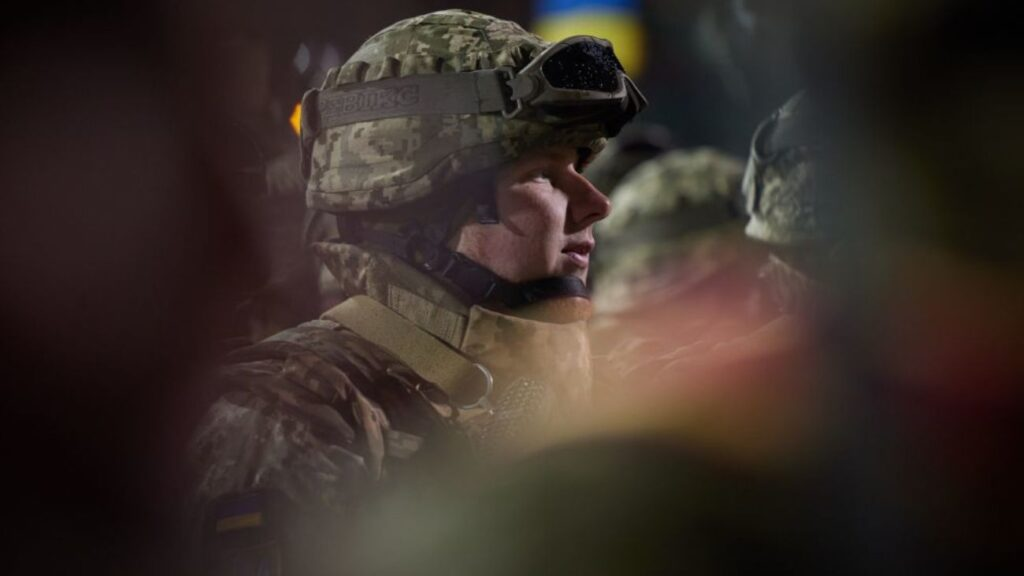
6. Civilian and Military Logistics Under Stress
Fuel shortages have only now begun to reach Russian civilians in parts of the country, where wholesale petrol prices have increased by 40% since January and where small service stations in Siberia have shut down. The military probably gets preferential allocations, but the disruptions to refineries near the Ukrainian border, such as those in Samara and Saratov, directly impact logistics on the front line. Strikes during the harvest season have heightened economic pressure by hitting agricultural diesel demand. Even short-term outages at key facilities ripple through entire supply chains, complicating civilian and military operations alike.
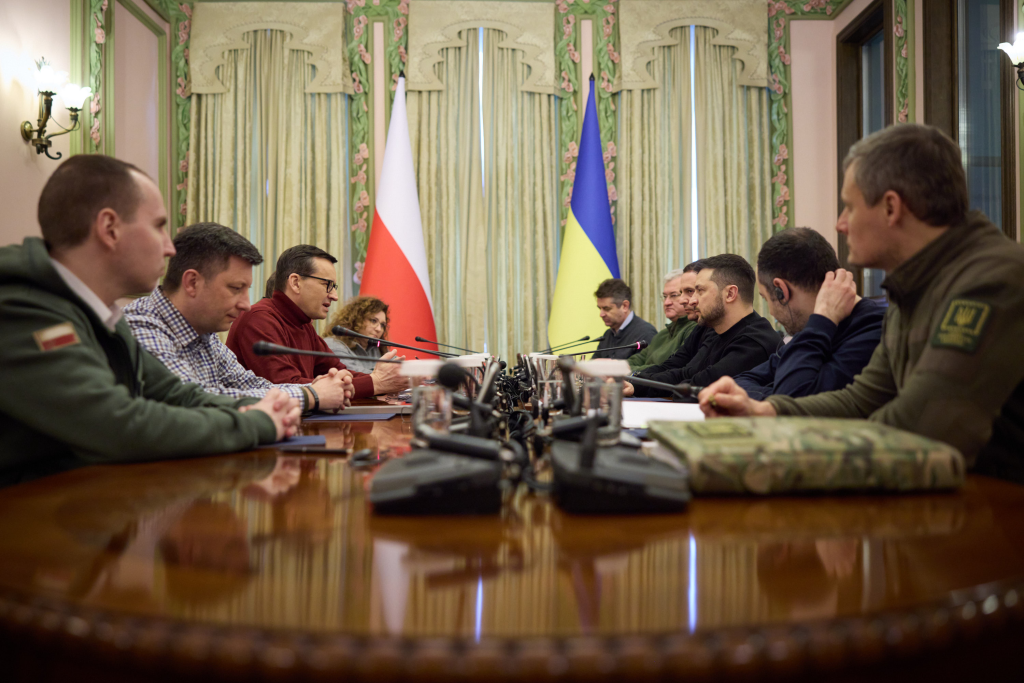
7. Strategic Next Steps for Ukraine and Allies
Western policymakers must choose between repairing the oil price cap system or moving toward the direct targeting of Russian export volumes. According to analysts from the Kyiv School of Economics, a reduction in the cap to $30 per barrel might cut revenues by 40%, while tightening enforcement against attestation fraud and shadow fleet operations would expand the impact. Other options may include banning ship‑to‑ship transfers in G7+ waters, extending sanctions to LNG and pipeline gas, and coordination with Asian buyers to cut imports.
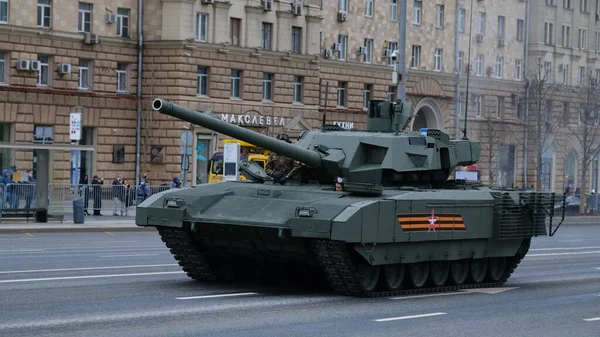
The war, as Sikorski warned, is going to end with one side running out of resources the task now is to ensure that side is Russia. It is a war of attrition against Russia’s oil infrastructure, not a knockout blow. Every refinery fire, every sanctioned tanker, and every lost export contract adds friction to the Kremlin’s war machine. History would suggest such pressure sustained and increased can sap a military’s mobility and morale. The challenge facing Ukraine and its allies is to ensure momentum is kept for long enough for economic attrition to do what battlefield stalemate has not: force Moscow to confront the limits of its endurance.
